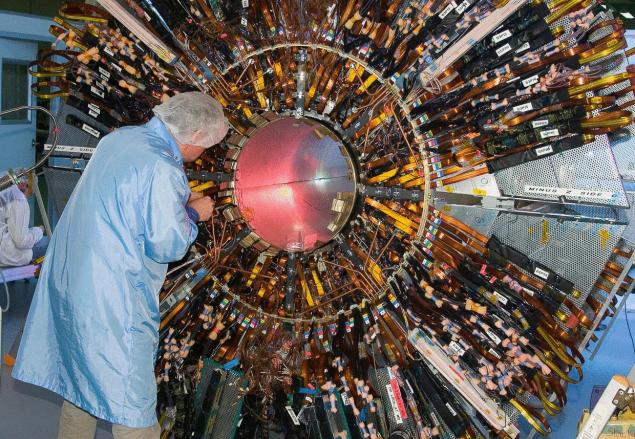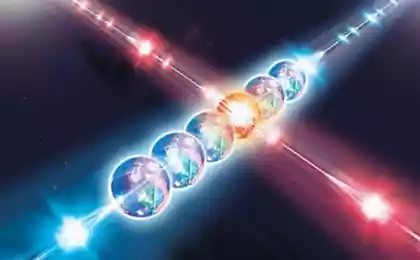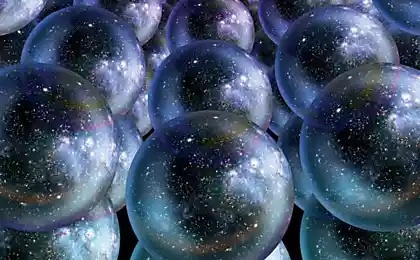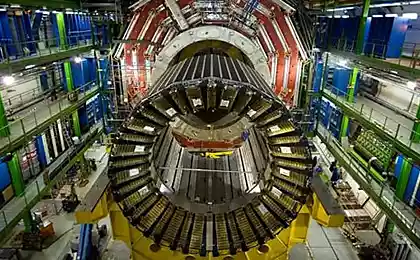495
The Higgs boson indicates an unknown force of nature

Last year CERN announced the discovery of a new elementary particle, the Higgs boson. But what if in fact it is not the Higgs, just like her? Maybe she's not the only one. Calculations show that discovered last year in the CERN particle accelerator the particle is indeed the famous Higgs boson. Physicists agree that the CERN experiments have indeed found a new particle, previously unknown. However, an international team of scientists believes that there is no convincing evidence that this particle is the Higgs.
A group of scientists have carefully examined the data from CERN about the newfound particle and published their analysis in the journal Physical Review D. One of the scholars Total Mads Frandsen, associate Professor at the Center for cosmology and particle physics phenomenology at University of southern Denmark.
"The CERN data is in General accepted as evidence that the discovered particle is a Higgs particle. The truth is, although the Higgs particle can explain the data, there may be other explanations," explained Mads Frandsen Toudal.
Analysis scientists do not refute the possibility that CERN have indeed discovered the Higgs particle. It's possible, but exactly to the same extent that it may be a different particle. "The current data are not precise enough to determine exactly what is this particle. It can be a completely different type of particle, known or not."
But if it's not the Higgs particle discovered at CERN a particle accelerator, then what? "We believe that this may be the so-called particle of technicisms. It is in some ways similar to the Higgs particle — and therefore takes part of the name," says Frandsen. But although technichs and Higgs can easily be confused in the experiment, these two very different particles belonging to two fundamentally different theories about how the universe was born.
The Higgs is the missing link of the Standard model. This theory describes three of the four forces of nature. But it does not explain what dark matter — the substance that makes up most of the matter in the Universe. Part of technicisms, if it exists, is quite another matter: "part of technicisms is not an elementary particle. It consists of the so-called techniquarks, which we believe are elementary. Techniquesi can be combined in different ways, forming particles, for example, technichs, while other combinations may form dark matter. We expect discovery of several other particles at the LHC, educated techniquarks," says Frandsen.
If techniquei exist, there must be a force that holds them together so that they form particles. None of the four known forces of nature (gravity, electromagnetic force, weak and strong nuclear interaction) is not suitable for this role. Must be yet undiscovered fundamental force of nature. This force has received a temporary name of the power of Technicolor (technicolor force).
What was discovered last year in the CERN accelerator, thus, can be either the Higgs particle of the Standard model, or a light particle of technicisms formed by the two techniquarks. Total Mads Frandsen believes that more data provided by CERN will need exactly to make it clear that this particle. If CERN will increase the power of your accelerator, it will be possible the direct observation of techniquarks.
Source: hi-news.ru
The secrets of business from the 49-year-old Jack MA, the richest man in China
Cyclist Francois Gissy has overtaken racing Ferrari (video)






















